In the vibrant tapestry of modern American culture, few stories resonate as warmly as that of Dr. Bob Kilroy, a beloved figure from Season 1 of *The Golden Bachelorette*. Known for his infectious enthusiasm and unwavering support for his LGBTQ+ family members, Dr. Bob has become a beacon of love and acceptance. His home, affectionately dubbed the “Marina Peninsula Home for Wayward Lesbians,” has emerged as a sanctuary where community, celebration, and belonging thrive. Through annual gatherings that draw dozens of guests, Dr. Bob and his child, Meg, have created a space that not only fosters connection but also challenges societal norms about family and acceptance. This article delves into the heart of these gatherings, exploring their origins, cultural significance, and the profound impact they have on those who attend, while weaving in historical and cultural context to enrich the narrative.
A Father’s Love: Dr. Bob Kilroy’s Journey to Allyship
Dr. Bob Kilroy’s story is one of transformation, love, and commitment to his family. While *The Golden Bachelorette* introduced him to a national audience, it was his heartfelt dedication to his child, Meg, and their friends that captured viewers’ hearts. A retired professional with a warm demeanor and a quick wit, Dr. Bob has become an emblem of what it means to be an ally in the truest sense. His journey began long before the cameras rolled, rooted in the personal evolution of a parent navigating the complexities of supporting a queer child in a world that has not always been kind to the LGBTQ+ community.
Meg, Dr. Bob’s nonbinary child, has been the cornerstone of his advocacy. In interviews, Dr. Bob has shared that his understanding of gender and sexuality evolved through open conversations with Meg. These dialogues, often filled with humor and honesty, helped him shed preconceived notions and embrace a broader definition of family. His home in the Marina Peninsula, a picturesque coastal neighborhood in California, became a natural extension of this ethos—a place where Meg and their friends could gather without fear of judgment.
The Cultural Context of Allyship
To fully appreciate Dr. Bob’s gatherings, it’s essential to place them within the broader historical and cultural context of LGBTQ+ acceptance in the United States. The fight for queer rights has been a long and arduous journey, marked by milestones such as the Stonewall Riots of 1969, the decriminalization of sodomy laws in 2003, and the legalization of same-sex marriage in 2015. Despite these advances, safe spaces for queer individuals, particularly lesbians and nonbinary people, remain critical in a society where discrimination and prejudice persist.
In the 1970s and 1980s, lesbian communities often found refuge in underground bars, coffeehouses, and feminist collectives. These spaces were vital for fostering connection but were frequently hidden due to societal stigma. Dr. Bob’s gatherings echo this tradition of creating safe havens, but they also represent a modern evolution—one where a cisgender, heterosexual parent opens his home to a diverse group of queer individuals. This act of allyship is particularly poignant in an era when visibility and acceptance are still contested, especially for older generations of LGBTQ+ people who grew up in less tolerant times.
The Marina Peninsula Home for Wayward Lesbians
Dr. Bob’s self-coined term, the “Marina Peninsula Home for Wayward Lesbians,” is both a playful nod and a profound statement of intent. The phrase, first uttered on *The Golden Bachelorette*, encapsulates the spirit of his gatherings: a welcoming space for those who might feel like outsiders elsewhere. The term “wayward” is used with affection, reclaiming a word historically associated with rebellion or nonconformity to celebrate the unique journeys of Meg’s friends.
The gatherings, which have been held for eight consecutive years, are a testament to Dr. Bob’s commitment to fostering community. Events are timed around major holidays like Thanksgiving and the Fourth of July, with Dr. Bob humorously suggesting the inclusion of Arbor Day, noting, “Lesbians love Arbor Day.” This quip, shared in a viral TikTok video, underscores his ability to connect with younger audiences through humor while reinforcing the inclusive nature of his home.
A Typical Gathering: What Happens at Dr. Bob’s?
Each gathering at Dr. Bob’s home is a vibrant affair, filled with laughter, music, and shared stories. The Fourth of July celebration in 2025, which garnered tens of thousands of views on TikTok, offered a glimpse into the magic of these events. Guests, primarily queer women and nonbinary individuals, arrive from across the country, bringing with them a diversity of backgrounds, professions, and life experiences. Dr. Bob’s home transforms into a hub of activity, with tables laden with food, music playing in the background, and conversations that range from lighthearted banter to deep reflections on identity and belonging.
Meg, who often takes on the role of co-host, ensures that everyone feels included. The gatherings are not just parties but opportunities for connection and healing. For many attendees, Dr. Bob’s home is a rare space where they can be unapologetically themselves, free from the pressures of conforming to societal expectations. Photos and videos shared on social media capture moments of joy: friends dancing in the backyard, toasting to shared victories, and Dr. Bob himself, often at the grill or cracking jokes, embodying the role of the quintessential supportive dad.
“Bob is amazing. He is the dad that everyone wishes for that nobody has, except for Meg,” said one of Meg’s friends in a TikTok video, capturing the sentiment shared by many attendees.
The Role of Social Media in Amplifying the Message
The rise of platforms like TikTok has played a significant role in bringing Dr. Bob’s gatherings to a global audience. The Fourth of July 2025 video, which showcased clips from past events alongside heartfelt testimonials, resonated with viewers for its authenticity and warmth. TikTok, with its emphasis on short-form, user-generated content, has become a powerful tool for queer communities to share their stories and find solidarity. For Dr. Bob and Meg, the platform has amplified their message of love and acceptance, inspiring others to create similar spaces in their own communities.
The Cultural Impact of TikTok on Queer Visibility
TikTok’s role in queer culture cannot be overstated. Since its launch in 2016, the platform has become a haven for LGBTQ+ creators, offering a space to explore identity, challenge stereotypes, and celebrate diversity. Hashtags like #LGBTQ, #LesbianTok Ascending, and #QueerJoy have garnered billions of views, reflecting the platform’s influence in amplifying queer voices. Dr. Bob’s gatherings, documented through Meg’s TikTok account, contribute to this digital tapestry, showcasing the power of community-driven storytelling.
The videos not only highlight the joy of the gatherings but also serve as a counter-narrative to the often-negative portrayals of queer lives in mainstream media. By sharing moments of celebration, Dr. Bob and Meg challenge stereotypes and demonstrate that queer communities can thrive in environments of unconditional support. The viral nature of these videos—tens of thousands of views and counting—underscores the universal appeal of their story, resonating with audiences who see in Dr. Bob a model of allyship that is both aspirational and achievable.
Music and Celebration: The Soundtrack of Dr. Bob’s Gatherings
Music plays a central role in the gatherings, reflecting the cultural significance of sound in queer spaces. From lesbian anthems of the 1970s, like Cris Williamson’s “Song of the Soul,” to contemporary hits by artists like Hayley Kiyoko and Tegan and Sara, the playlists at Dr. Bob’s home are carefully curated to evoke joy and solidarity. These songs, often referred to as “sapphic anthems,” carry historical weight, harking back to the lesbian feminist music movement of the 1970s, which provided a soundtrack for the burgeoning women’s and gay liberation movements.
The Legacy of Lesbian Music
The inclusion of music at Dr. Bob’s gatherings is more than just entertainment; it’s a nod to a rich cultural tradition. In the 1970s, artists like Holly Near and Alix Dobkin created music that spoke directly to lesbian experiences, fostering a sense of pride and community. Labels like Olivia Records, founded in 1973, were instrumental in producing and distributing this music, offering an alternative to mainstream pop dominated by heteronormative themes. Today, artists like Kehlani and Chappell Roan continue this legacy, blending pop sensibilities with unapologetic queer narratives.
At Dr. Bob’s gatherings, music serves as a bridge between generations, connecting the struggles and triumphs of the past with the vibrant queer culture of today. Songs are chosen not just for their catchy beats but for their ability to tell stories of resilience and love. As guests dance and sing along, the music reinforces the sense of belonging that Dr. Bob’s home provides, creating a shared language of celebration.
The Broader Significance: Redefining Family and Community
Dr. Bob’s gatherings are more than just parties; they are a redefinition of what family and community can mean. In a world where many LGBTQ+ individuals face rejection from their biological families, chosen families—networks of friends who provide unconditional support—become lifelines. Dr. Bob’s role as a father figure to Meg’s friends underscores the power of chosen family, offering a model for how love and acceptance can transcend traditional boundaries.
The gatherings also challenge stereotypes about aging and allyship. At a time when older generations are often perceived as less progressive, Dr. Bob, a retiree, demonstrates that allyship knows no age limit. His willingness to learn, adapt, and create a space for Meg’s community reflects a commitment to growth and understanding that resonates across generations.
A Historical Perspective on Chosen Families
The concept of chosen family has deep roots in queer history. In the 1980s, during the height of the AIDS crisis, queer communities banded together to provide care and support when government and societal institutions failed them. Organizations like ACT UP and the Lesbian Avengers emerged from this ethos, emphasizing collective action and mutual care. Dr. Bob’s gatherings carry forward this tradition, offering a space where individuals can find not just acceptance but active celebration of their identities.
Dr. Bob’s Reflections: A Father’s Perspective
In his own words, Dr. Bob has described the gatherings as a “lovely, fabulous collection of people, very unique and diverse in so many ways.” He emphasizes the common thread that unites them: their connection to Meg. “They all have one common thing, they like Meg, and I like Meg, and so if they keep liking Meg, we’ll keep having parties,” he said in a TikTok video, his voice brimming with pride and affection. For Dr. Bob, the gatherings are a labor of love, a way to honor his child and their community while creating memories that last a lifetime.
His reflections reveal a deep understanding of the importance of safe spaces. “I love having you guys here,” he told the group, a sentiment that resonates with attendees who see his home as a refuge from the challenges of navigating a world that can be hostile to queer identities. Dr. Bob’s commitment to hosting these events, year after year, reflects a belief in the transformative power of community.
The Future of Dr. Bob’s Gatherings
As Dr. Bob and Meg look to the future, the gatherings show no signs of slowing down. The possibility of adding Arbor Day to the calendar, while mentioned in jest, speaks to the enduring spirit of these events. Each gathering builds on the last, creating a legacy of love and acceptance that extends beyond the walls of Dr. Bob’s home. The viral success of the TikTok videos suggests that their story will continue to inspire, offering a blueprint for others to create their own spaces of belonging.
For those who have followed Dr. Bob’s journey on *The Golden Bachelorette*, the gatherings are a natural extension of his on-screen persona: warm, authentic, and deeply committed to those he loves. Fans have expressed their hope to be invited to the next celebration, a testament to the universal appeal of his story. While the guest list may remain exclusive to Meg’s inner circle, the message of Dr. Bob’s gatherings is universal: love, when shared generously, has the power to change lives.
Conclusion: A Legacy of Love
Dr. Bob Kilroy’s “Marina Peninsula Home for Wayward Lesbians” is more than a catchy phrase; it’s a living testament to the power of allyship, community, and chosen family. Through eight years of gatherings, Dr. Bob and Meg have created a space where queer individuals can celebrate their identities, connect with others, and find a sense of home. In a world that often challenges the validity of queer lives, these gatherings stand as a powerful reminder that love and acceptance can flourish in the most unexpected places.
The cultural and historical significance of these events cannot be overstated. They draw on a rich legacy of queer resistance and celebration, from the feminist music of the 1970s to the digital storytelling of today’s TikTok generation. By opening his home and heart, Dr. Bob has become a symbol of what it means to be an ally—not just in words but in actions that resonate across generations. As the gatherings continue to grow, they offer hope for a future where every individual can find a place to belong, celebrated for who they are.

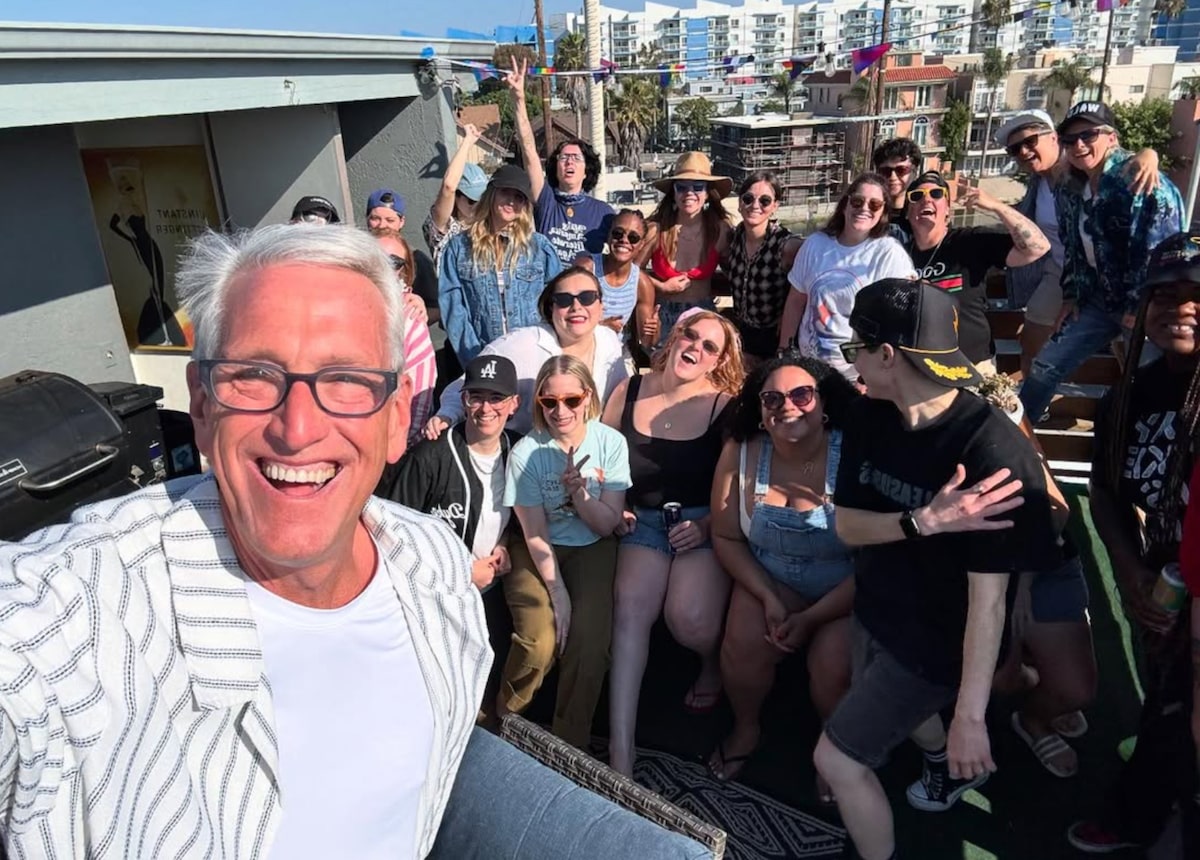

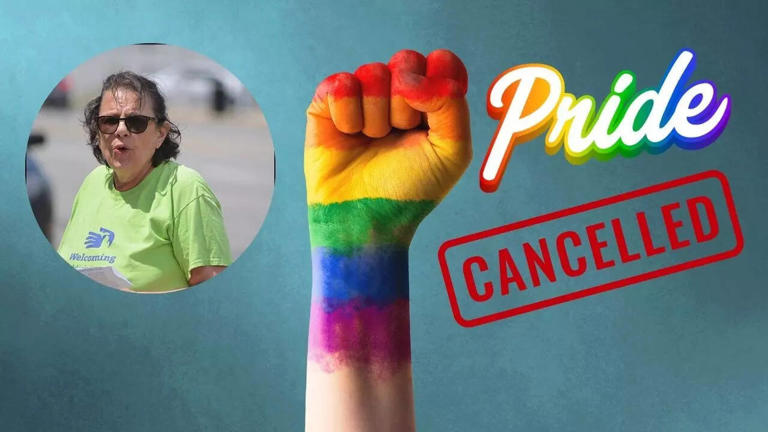

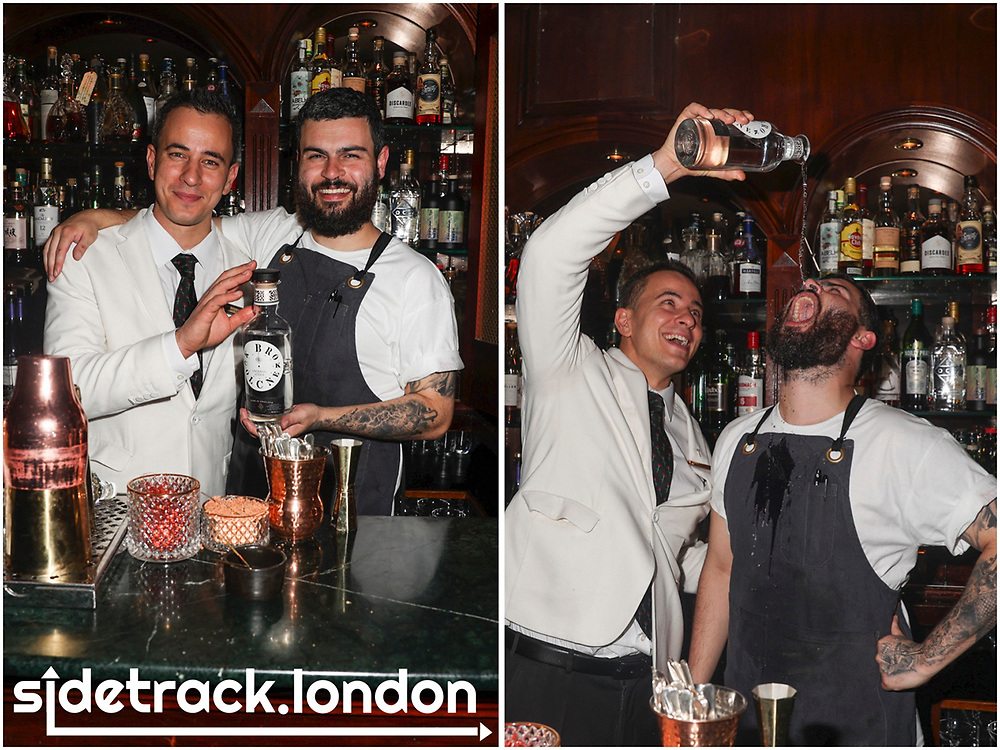




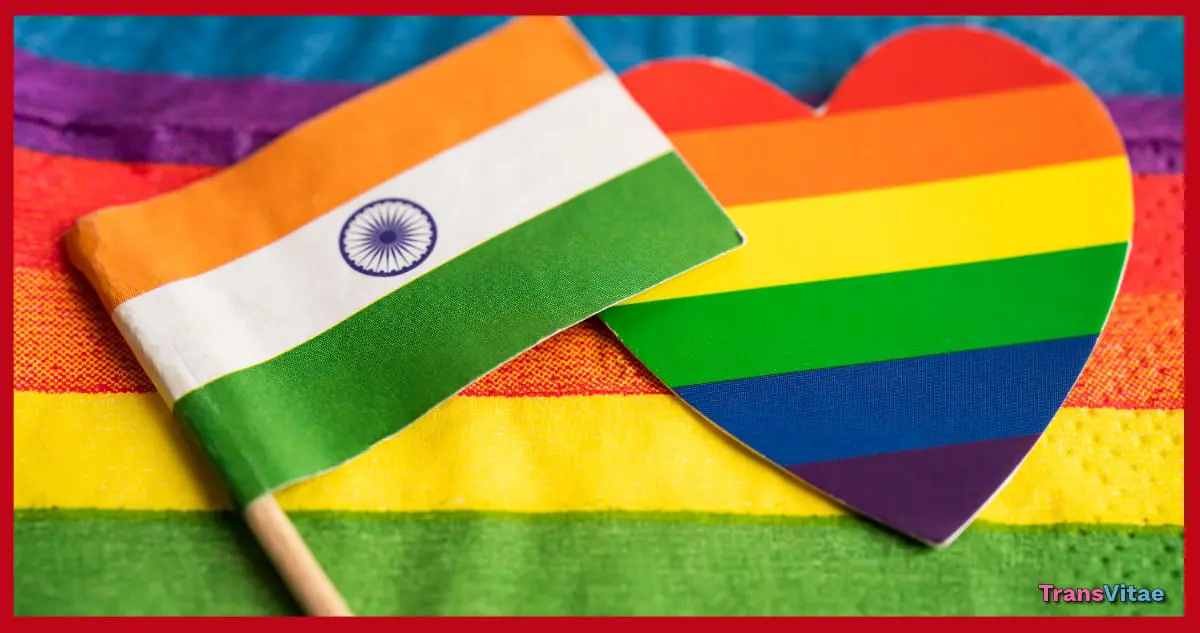
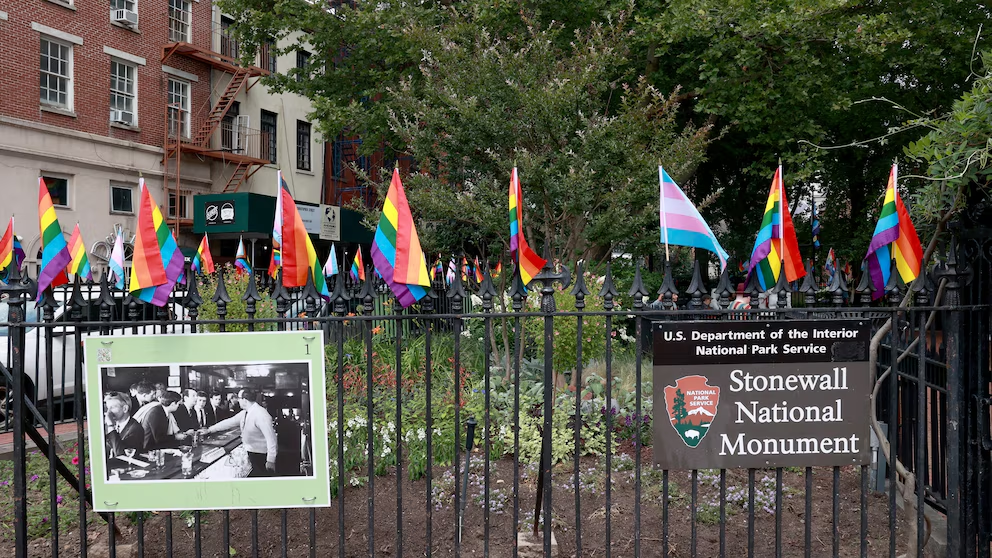
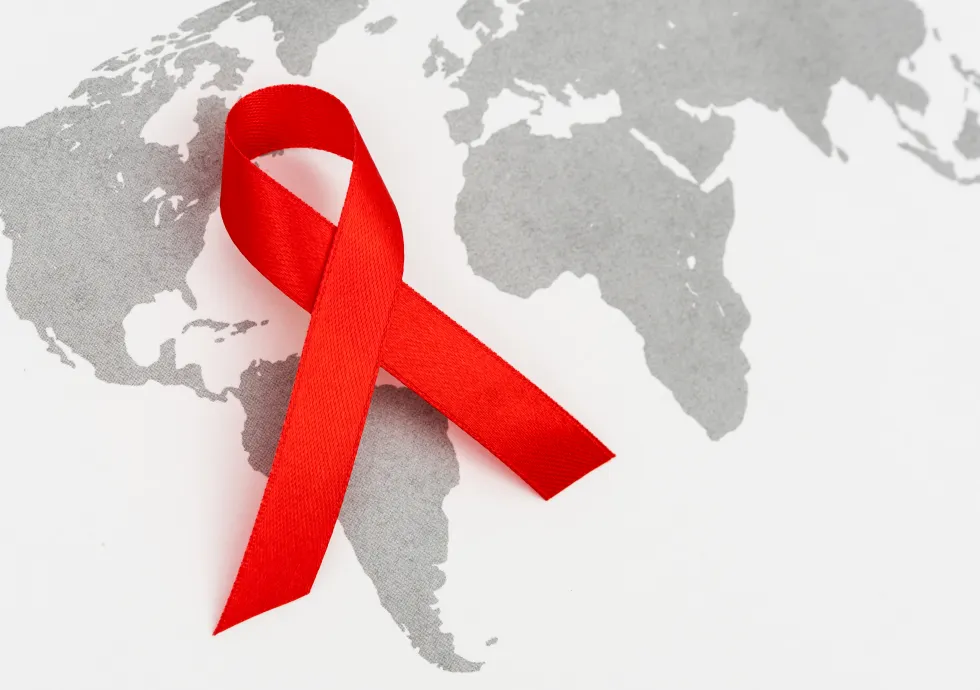
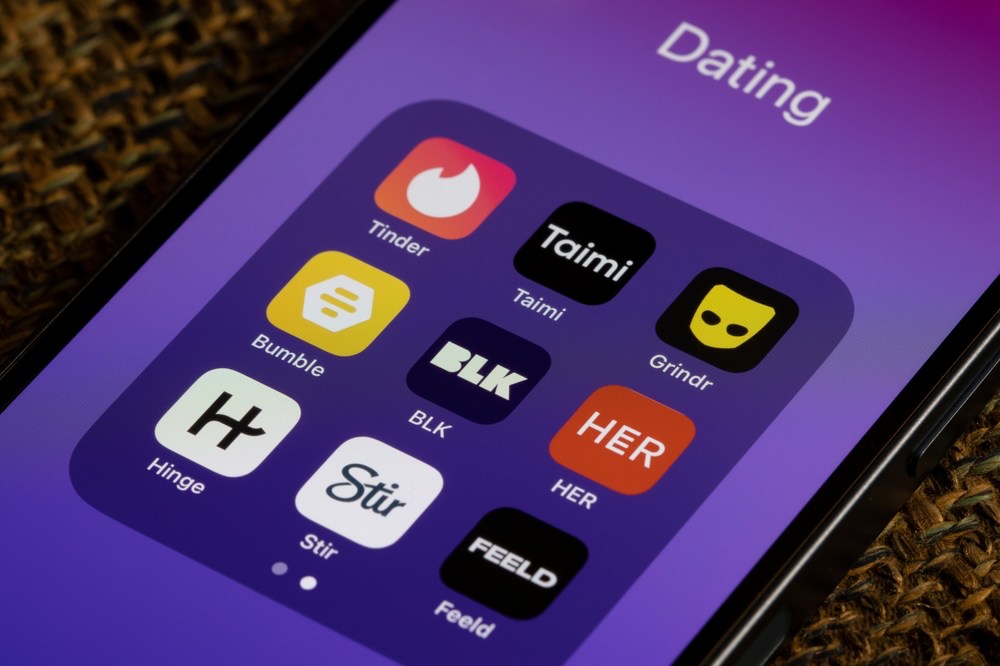

0 Comments